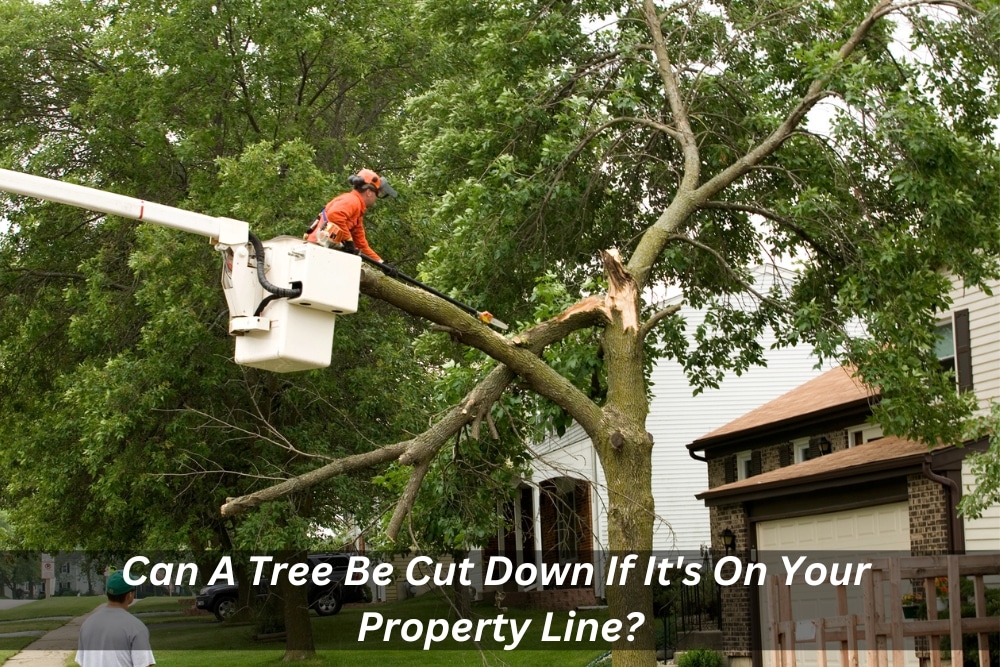Cutting down trees on your property line can be a tricky situation. Depending on the laws in your area, you may need permission from both yourself and your neighbour before you can cut down the tree. In some cases, it may even be illegal to cut down a tree that is located on or near a property line without permission from both parties. Aside from that, you should also need to get approval from the local council.
If you do decide to go ahead with cutting down the tree, it is important to make sure that you are following all applicable laws and regulations. You should also consider consulting with a professional arborist or tree service to ensure that the job is done safely and correctly. It is because there is a difference between tree removal and tree trimming (if this is what you’re aiming for). Additionally, discussing the situation with your neighbour before taking action may be wise.
In some cases, it may be possible to negotiate an agreement with your neighbour that allows you to cut down the tree. This could involve a payment or other compensation in exchange for permission to cut down the tree. It is important to remember that any agreement should be put in writing and signed by both parties.
If you are unable to reach an agreement with your neighbour, then it may be necessary to seek legal advice. A lawyer can help you understand your rights and obligations in this situation, as well as any potential consequences of cutting down the tree without permission.
Who’s Responsible for a Tree on a Property Line?
When it comes to a tree located on a property line, both parties are typically responsible for its upkeep and maintenance. This means that both the owner of the tree and the neighbour must take steps to ensure that it is healthy and safe. This includes pruning, trimming, fertilizing, and other necessary care.
In addition, both parties are also responsible for any damage caused by the tree, such as fallen branches or roots that have grown into the neighbour’s property. If either party fails to take proper care of the tree, they may be liable for any resulting damages.
In conclusion, cutting down trees on your property line can be a complicated situation. It is important to understand all applicable laws and regulations before taking any action. Additionally, it may be wise to consult with a professional arborist or tree service, as well as your neighbour, before making any decisions.
Do I need a permit when I plan on cutting down trees on my property?
In some cases, you may need to obtain a permit before removing a tree from your property. This is especially true if the tree is located in an area that is protected by local or state laws. Depending on the location and size of the tree, you may need to apply for a permit from your local municipality or another government agency. The requirements for obtaining a permit can vary depending on where you live, so it is important to check with your local authorities before taking any action.
What happens if my neighbour disagrees with me on cutting down the tree?
If your neighbour disagrees with you on cutting down the tree, it is important to try and reach an agreement before taking any action. It may be possible to negotiate a compromise that both parties are happy with, such as allowing the tree to remain but agreeing to prune it regularly or removing only part of it. If an agreement cannot be reached, then it may be necessary to seek legal advice.
Tree service providers are very familiar with existing laws and policies regarding tree management in residential and commercial areas. Their tree services may include tree trimming, tree removal, tree pruning, and tree lopping which you can find in this section.

